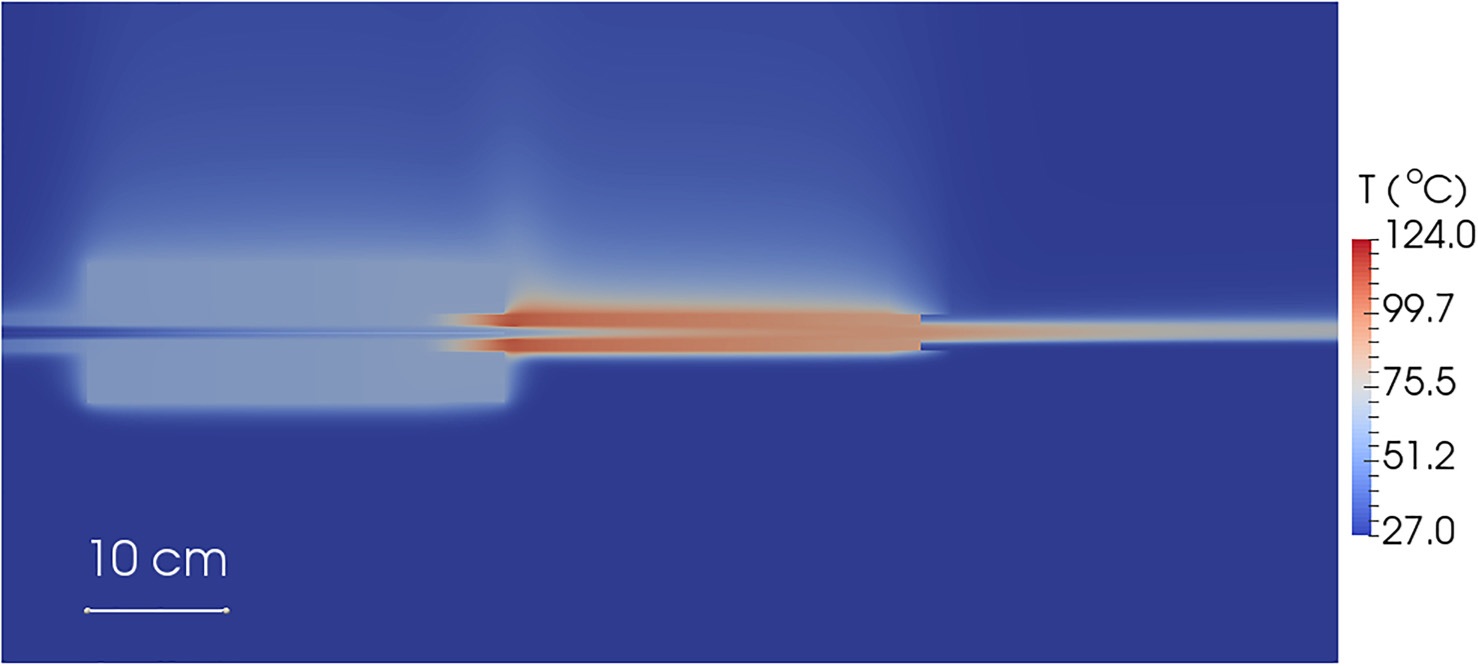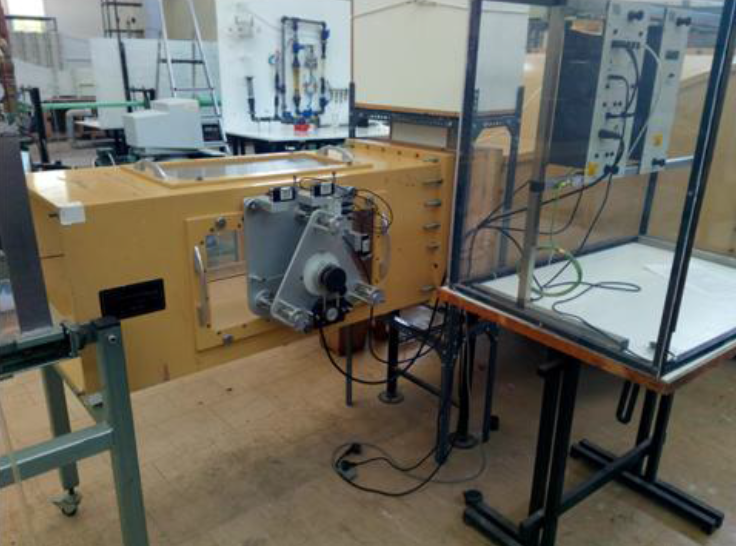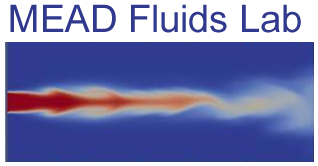Computational Fluid Dynamics (CFD)
Our lab focuses extensively on the development and application of Computational Fluid Dynamics (CFD) techniques to investigate complex flow phenomena in engineering systems. We specialize in the simulation of internal and external flows, laminar and turbulent, in geometries such as curved ducts, helical channels, and confined jets, using both open-source and in-house solvers.

Heat Transfer
We investigate convective and conductive heat transfer in internal and external flow configurations, with a focus on enhancing thermal performance in engineering systems. Our research covers steady and pulsating flows in pipes and ducts, where we analyze the interplay between turbulence, flow development, and thermal gradients. Using advanced numerical methods, we model energy transport in both conventional and non-Newtonian fluids, often under complex boundary conditions. These studies aim to improve heat exchanger design, optimize cooling strategies, and contribute to energy-efficient solutions in thermal management.
Ferrohydrodynamics
Our lab explores the behavior of ferrofluids under the influence of external magnetic fields. We simulate and analyze magnetically induced secondary flows in curved and annular ducts, with applications in targeted cooling, biomedical devices, and microfluidics. We investigate the effects of field strength, channel curvature, and flow pulsation on transport properties and flow stability. These studies provide insights into magnetically controllable fluid systems

Plasma Physics and Cold Atmospheric Pressure Plasmas
We develop numerical models for cold atmospheric pressure plasma (CAPP) discharges, with an emphasis on streamer propagation, plasma jet dynamics, and gas-phase interactions. Our research combines fluid models with electric field approximations to simulate the behavior of plasma actuators and jets in air and other working gases. These models are crucial for understanding plasma-induced flow control, biomedical applications, and surface treatment processes. We also explore hybrid modeling approaches that balance computational cost with physical accuracy.
Biofluid Mechanics
We study fluid flows in biological systems, especially under the influence of magnetic fields, to understand the transport characteristics of biomagnetic and non-Newtonian fluids. Applications include blood flow in arteries, drug delivery systems, and magnetically actuated microdevices. Using CFD simulations, we analyze flow resistance, wall shear stress, and temperature distribution in biologically relevant geometries, often incorporating physiological boundary conditions. Our goal is to contribute to safer and more effective biomedical designs through fluid-based modeling.


Numerical Methods in Fluid Mechanics
A core focus of our research is the development and refinement of numerical algorithms for simulating incompressible and multiphase flows. We work on pressure-velocity coupling schemes, mesh generation techniques, and solver stability improvements. Special attention is given to methods that enhance convergence and accuracy for flows involving strong gradients or geometric complexity. By integrating these tools into robust computational frameworks, we extend the applicability of CFD to real-world engineering problems across various domains.
Analytical Fluid Mechanics
Our research delves into the analytical modeling of fluid flows, emphasizing the derivation of exact and approximate solutions to the Navier–Stokes equations under various simplifying assumptions. By employing techniques like perturbation methods, similarity solutions, and integral methods, we aim to uncover fundamental insights into flow behavior, validate computational models, and provide benchmarks for experimental studies. This analytical approach complements our computational and experimental efforts, offering a comprehensive understanding of fluid dynamics phenomena.


Experimental Fluid Mechanics
Our laboratory is equipped with wind tunnels, enabling a broad spectrum of experimental investigations in fluid dynamics. These facilities support studies ranging from fundamental flow physics to applied aerodynamics. We conduct experiments on airflow over various geometries, boundary layer development, and flow separation, utilizing advanced measurement techniques.

